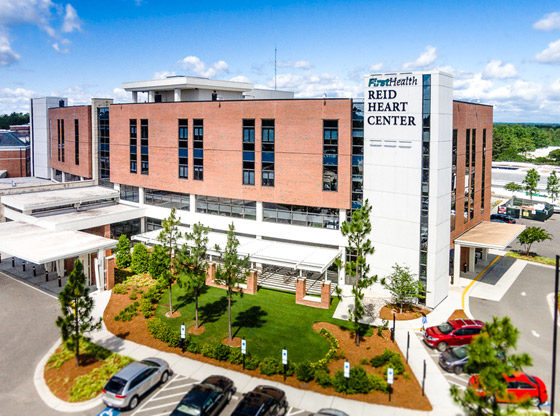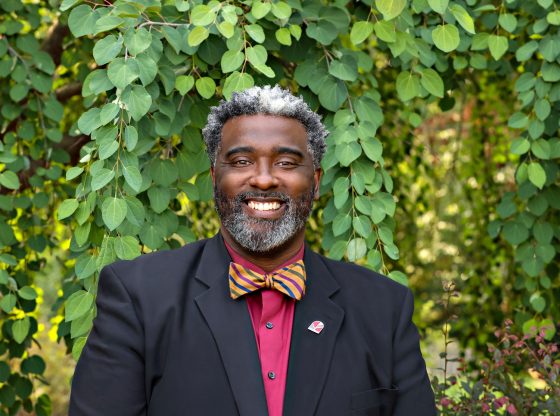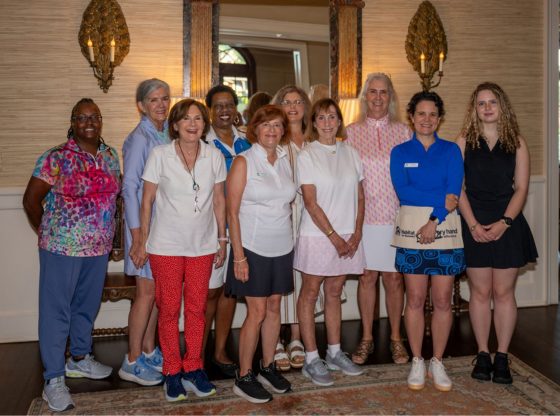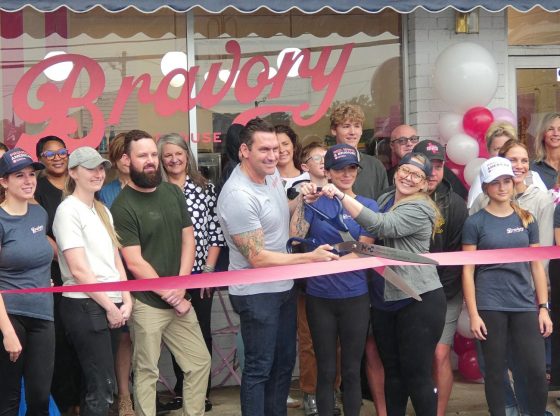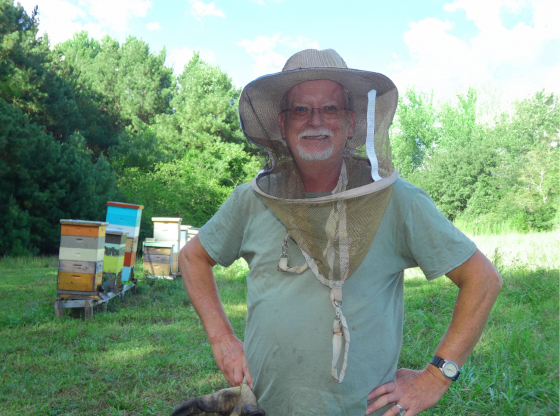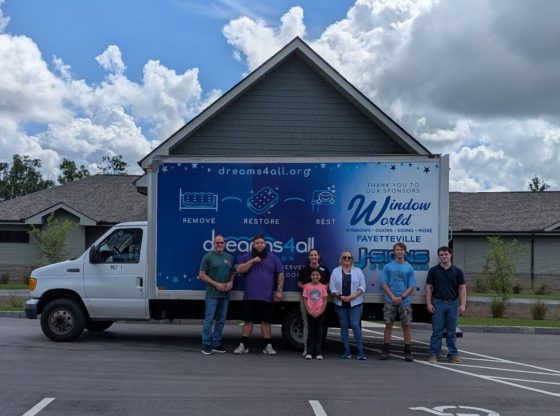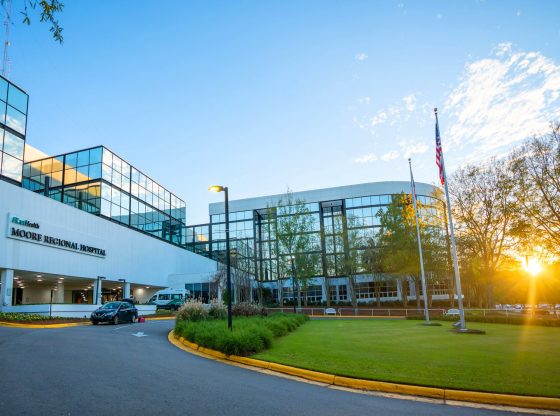FirstHealth of the Carolinas now offers a game-changing treatment for coronary artery disease (CAD), which remains the most common type of heart disease diagnosed in the United States.
The Shockwave Intravascular Lithotripsy (IVL) System helps open calcified arteries to allow better stent implantation in patients with CAD. Symptoms of CAD can include chest pain, shortness of breath and heart attack.
Doctors at Reid Heart Center first used Shockwave IVL in early August and hope it can offer patients in the Sandhills better treatment options close to home.
“FirstHealth recognizes the importance of adopting this technology early so that we remain on the forefront of providing the latest and most advanced treatments to our coronary artery disease patients,” William L. Harris, M.D., medical director of FirstHealth’s cardiac catheterization lab, said.
“Our length of stay for treating complex CAD patients is already quite low, but FirstHealth has long embraced the concept of same-day discharge. We do expect this new technology will make our treatment of complex CAD patients safer and less complicated, increasing the number of patients eligible for same-day discharge.”
Lithotripsy, or the use of sonic pressure waves, has been used for years to break up kidney stones, but Shockwave IVL brings this technology to cardiac care.
During the procedure, surgeons deliver a catheter to a patient’s heart by making a small cut in the patient’s arm or leg. The lithotripsy emitters at the end of the catheter create pressure waves designed to break up the calcification that is restricting blood flow in the vessels of the heart.
After using the Shockwave system, doctors can then implant a stent, which is a metal tube that helps keep vessels open.
FirstHealth Cardiology and Pinehurst Medical Clinic Interventional cardiologist Keith E. Davis, M.D., led the team that completed the first Shockwave procedure at FirstHealth.
“Our first case went very well. This new technology should improve procedural success and safety and long-term patient outcome in a subset of patients with heavily calcified, or hardened, coronary arteries,” Davis said. “These have traditionally been very difficult or impossible to safely treat.”
Courtesy photo/Contributed.


